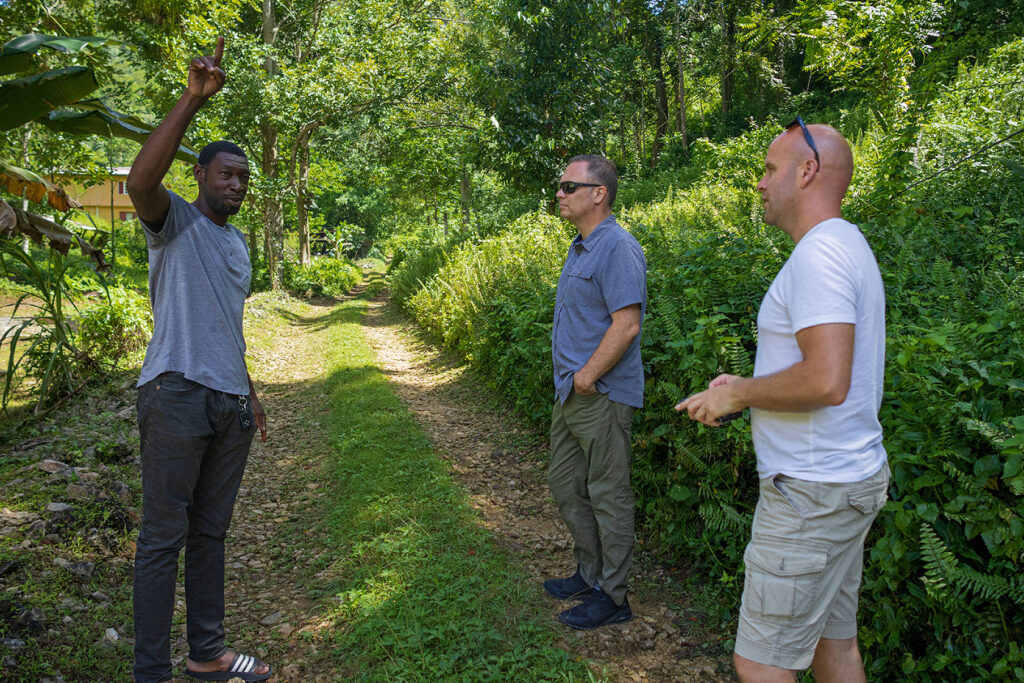The short answer is: When the Lord returns! I know that. You know that. Yet there is more to this question than the eschatological climax of meeting the Lord in the air.
For those who are involved in evangelism and church planting anywhere on God’s earth, there is a beginning and an end to each process. When we want to share the gospel, we begin by praying for friends, family, and neighbors to come to a saving knowledge of the Lord Jesus Christ. We ask the Lord to guide us into the best way to open a conversation about Christ, the appropriate method of pre-evangelism for that person, the right time to ask if they have believed, and the most effective way to disciple the new believer. Whether we use specific resources like ABWE’s The Story of Hope and The Way to Joy, other Bible studies, or simply heart-to-heart conversations, we know that we must make a good beginning.
The process for church planting always includes connecting, loving, gathering, evangelizing, discipling, and training. But when planting a church, it will not be clear at the beginning how many steps and how much time will be necessary to form a growing nucleus of believers into a church. The church will look different in different locations and cultures—and in some difficult places, there will be no sizable church for a long time. In fact, in some regions of the world, just patiently, prayerfully leading a few people to the Lord is all one can hope for. But regardless of location, the missionary or missionary team has a hope-filled plan for working alongside local believers and transferring the ministry into the hands of a leader from among the people they serve. From the very beginning, the missionary will rightly encourage a new church to look toward birthing another church.
But what is the signal that the job is done? When can the missionaries pack up their things and head back home, or on to another country?
- Perhaps the answer is one of chronology. If enough missionaries spend enough time serving in a country—witnessing, baptizing, training, and turning the work over to national believers—they will be ready to leave.
- Perhaps the answer is one of geography. If we reach enough of the currently-unreached portions of a country—if people from one town or village can go to a neighboring location and find believers worshipping there—maybe the job is done.
- Perhaps the answer is a matter of percentile. If the number of professing believers reaches 20 percent or 30 percent of the population, the rest of the work can be placed into the hands of the local believers, and the missionary team has finished its work.
When I was serving as a missionary in Japan, I realized early in my ministry that none of the answers above could adequately measure when the work would be done.
Protestant missionaries had been serving in Japan since the mid-nineteenth century, and though the work had ebbed and flowed throughout a century and a half, the work was still not nearly done.
Our missionaries were spread over a large geographical area and supplemented the work of missionaries from other boards, along with Japanese pastors and evangelists. Even so, in most parts of the country, believers would have to make long journeys by car to get to a sister church.
The percentage measurement fell miserably below what any of us would have hoped for. In a country with a population of 124,582,000, the figures usually given for the percentage of the population that professes to be Christian are between 1 and 2.5 percent. The very best figure, then, would be 2.5 million believers.
Is the job done in Japan? No.
Even in so-called Christian countries, like the United States, the work is not done. Even though some American cities are blessed with dozens of solid, Bible-believing churches, vast numbers of people in other towns, cities, and ethnic communities have never been approached with the gospel. As we are learning by experience, the percentage of believers is decreasing in many countries. So many of the nations that, years ago, sent out hundreds of missionaries to the rest of the world, are now mission fields themselves.
So, coming back to the initial question, just how will we know that the work of missions is done? It will not be when we run out of believers who volunteer to serve the Lord as missionaries—we hope that day will never come. And it won’t be when every human being has come to Christ—though God, and we also, would love to see that day! In truth, the answer is not when we are done, but when the Lord has finished calling out from the whole world a people for his name’s sake. Until that day, we continue to serve him faithfully, sharing the gospel and planting churches in areas that are still unreached.
Then Jesus will return, we will meet him in the air, and we will be with him forever. Then, and only then, will the work be finished.




